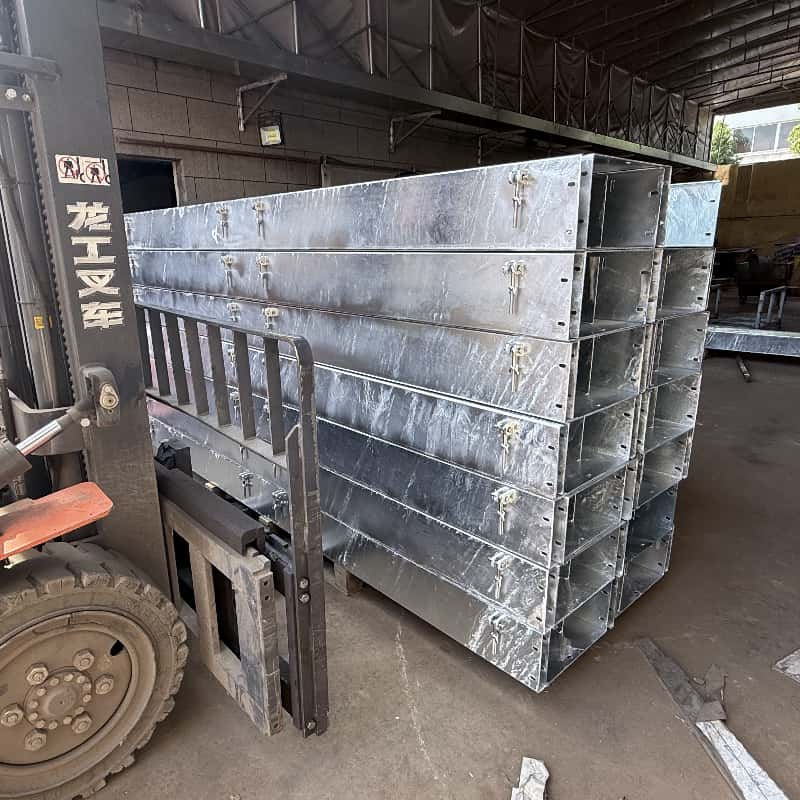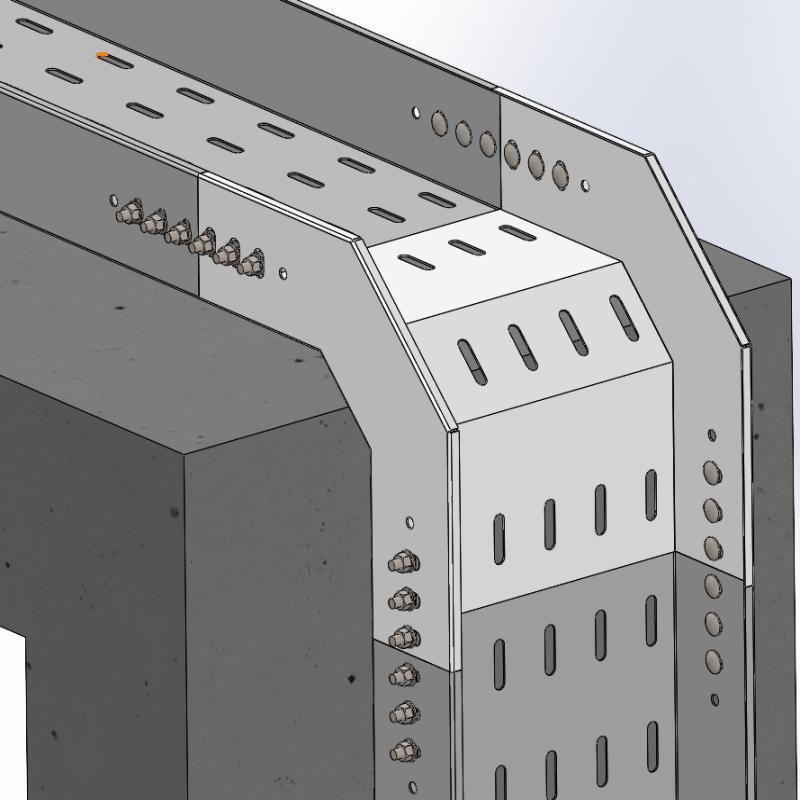In the world of electrical installations, effective cable management is essential for safety, order, and efficiency. Two common cable management solutions are cable ducts and cable trays. While their uses are similar, there are also distinct differences between the two.
Cable tray is a protective conduit that encloses cables and provides a safe and organized routing path. Cable tray is usually made of materials such as PVC or metal and is designed to protect cables from physical damage, dust and moisture. It is often used in environments where aesthetics are important because it can be painted or surface treated to blend in with the surrounding décor. Cable tray is ideal for indoor applications, especially in residential and commercial buildings, where it can be mounted on the wall or ceiling to keep cables hidden and neat.
Cable trays, on the other hand, are open structures that support and manage multiple cables, allowing for easy access and ventilation. Made from materials such as steel or aluminum, cable trays are designed to withstand greater loads and are commonly used in industrial environments, data centers, and large commercial buildings. They provide a flexible solution for long-distance cable routing and can accommodate changes in cable layouts without extensive rework. The open design of cable trays allows for better heat dissipation, making them suitable for environments where cables may heat up.
The main difference between cable troughs and cable trays lies in their design and application. Cable troughs offer a protective, enclosed solution that is ideal for indoor use, while cable trays offer an open, flexible option for managing large quantities of cables, especially in industrial settings. Understanding these differences can help you choose the right cable management solution for your specific needs.
→ For all products,services and up to date information,please contact us.
Post time: May-20-2025


